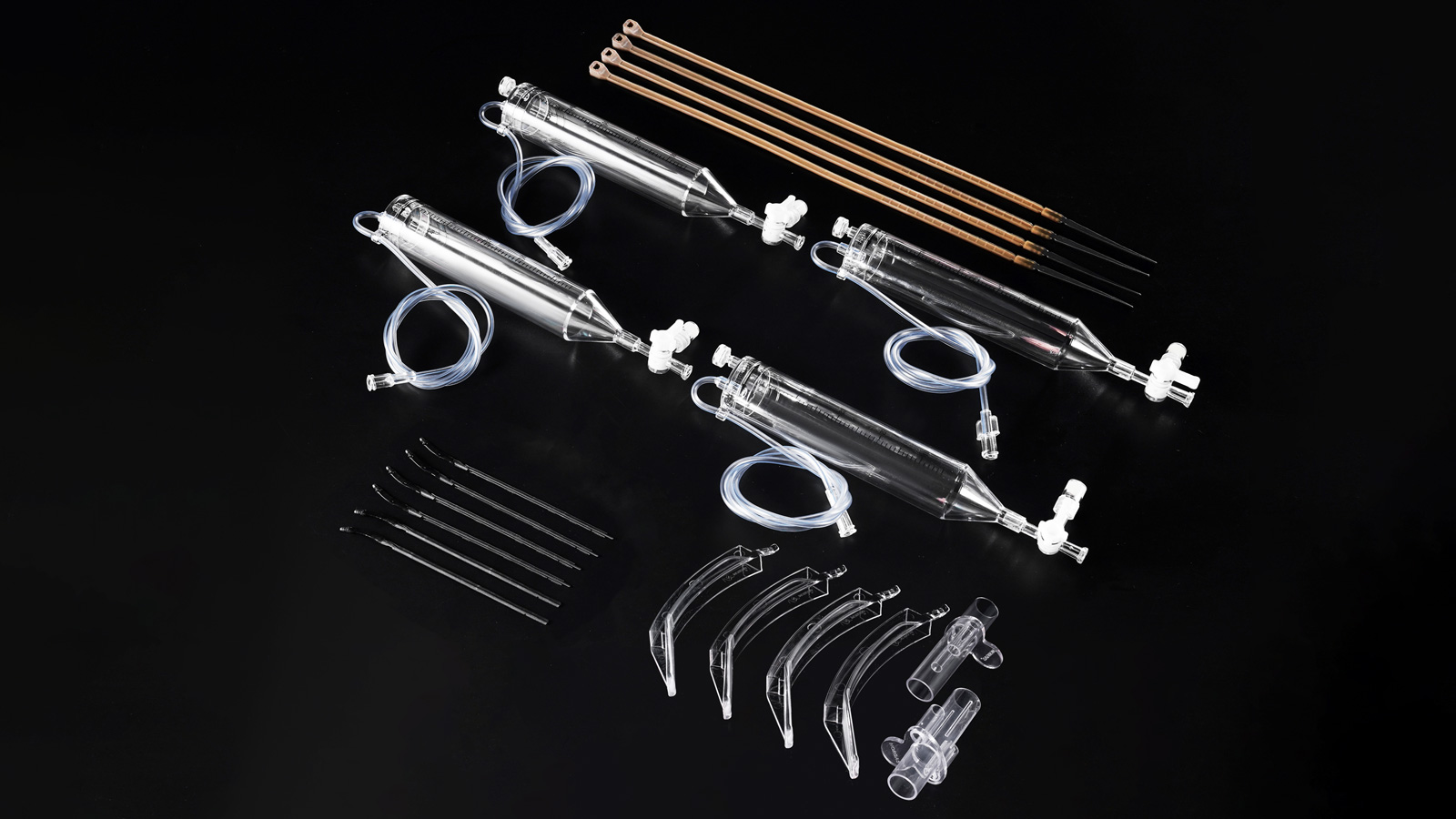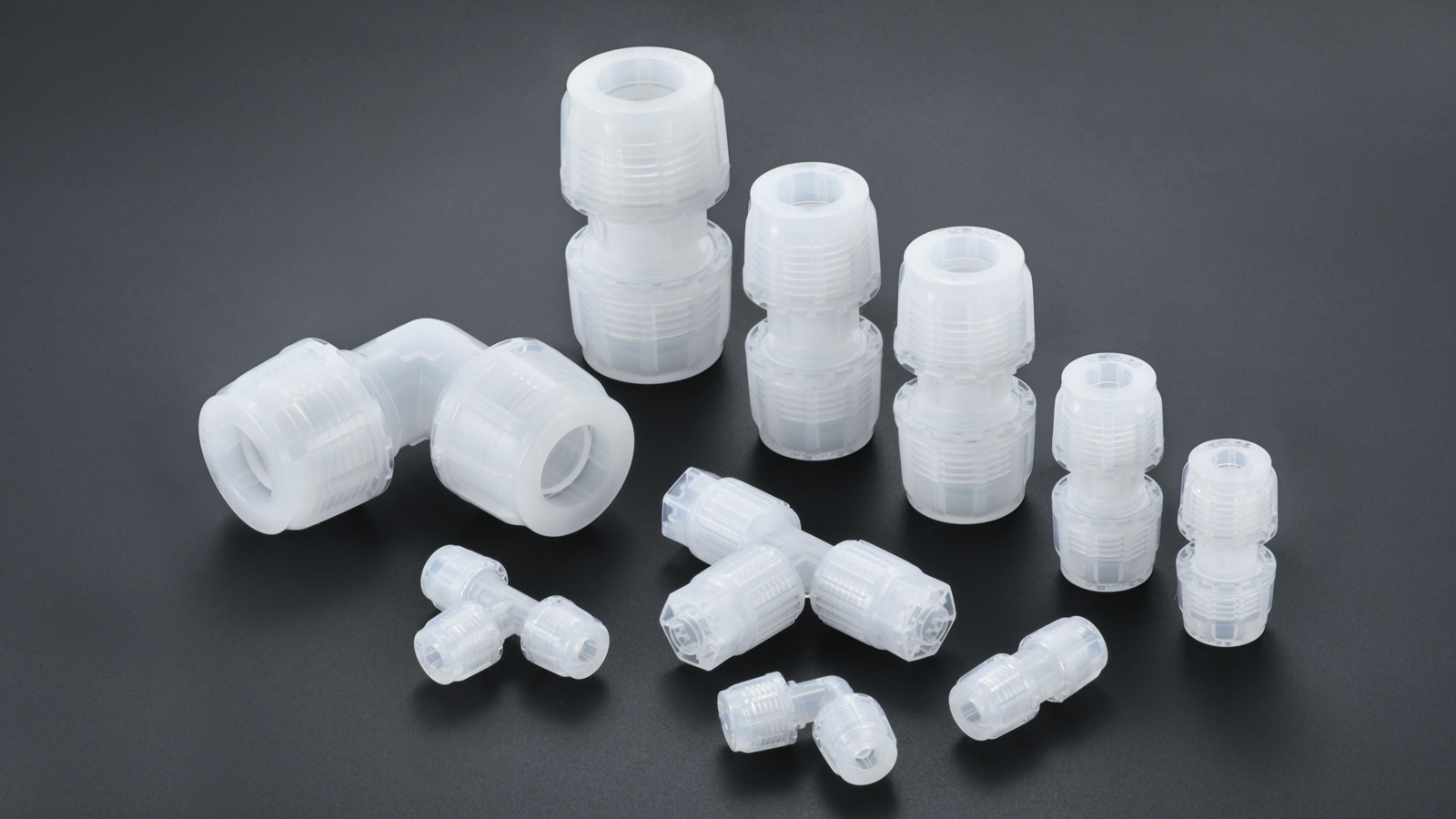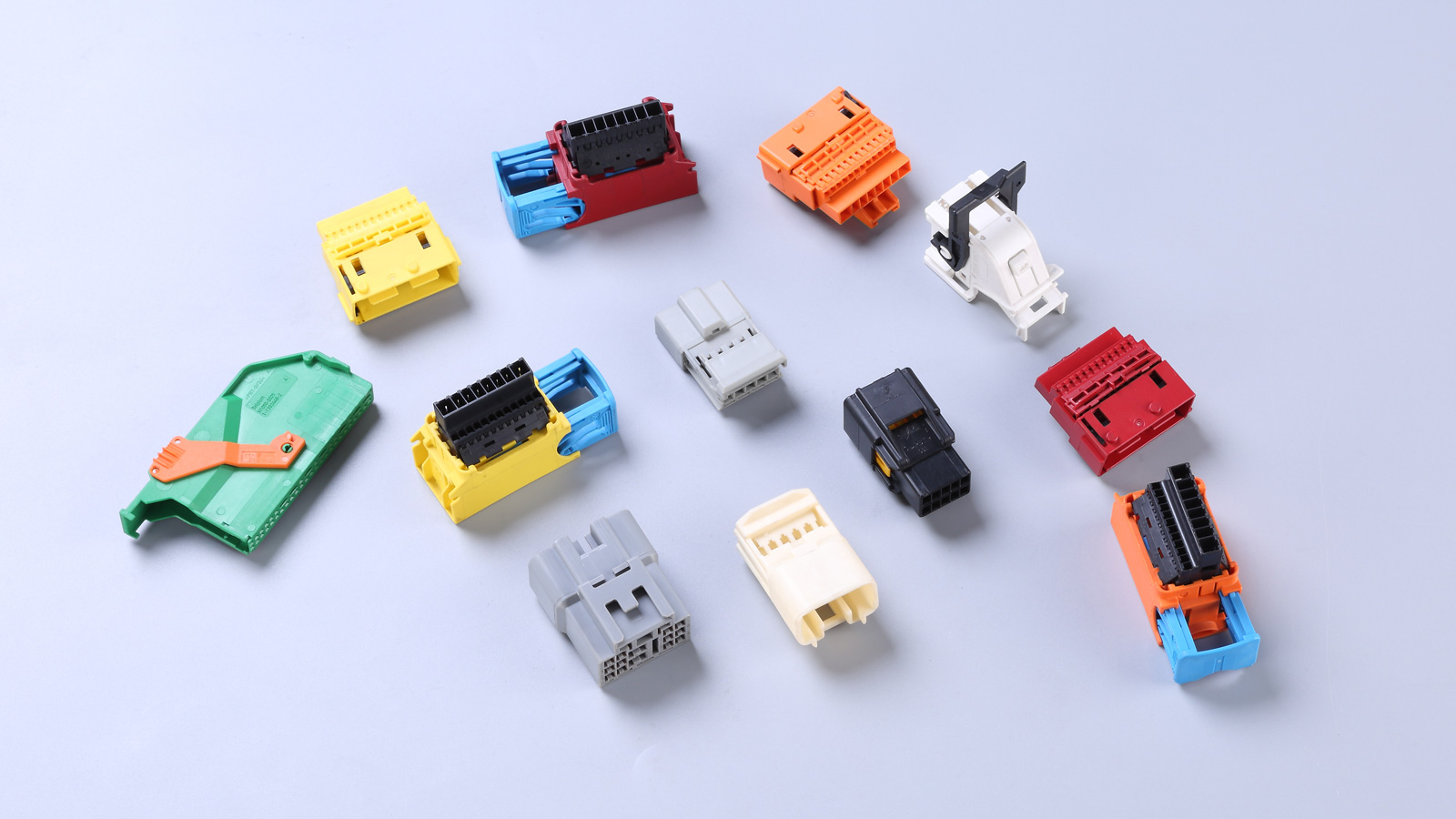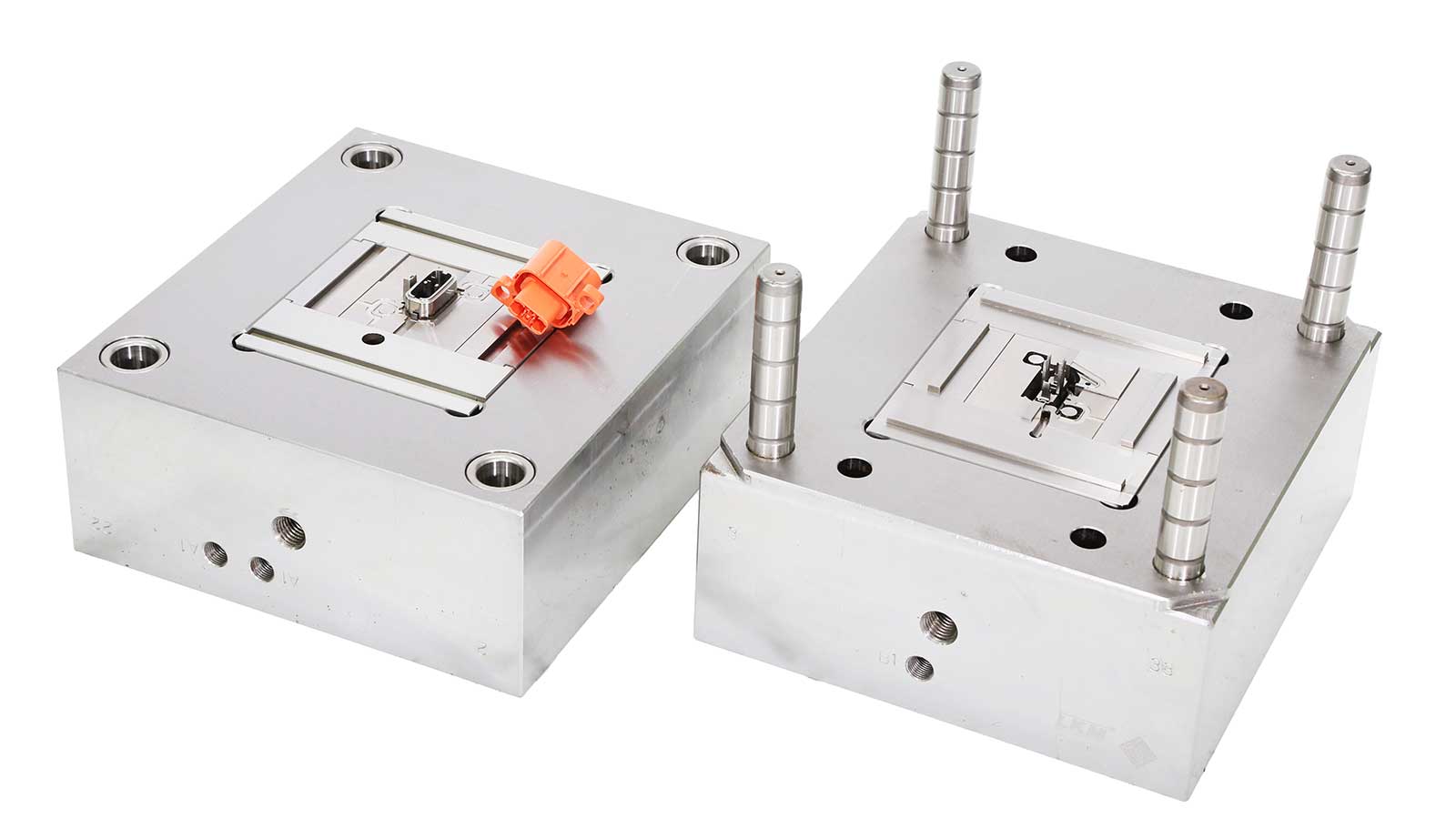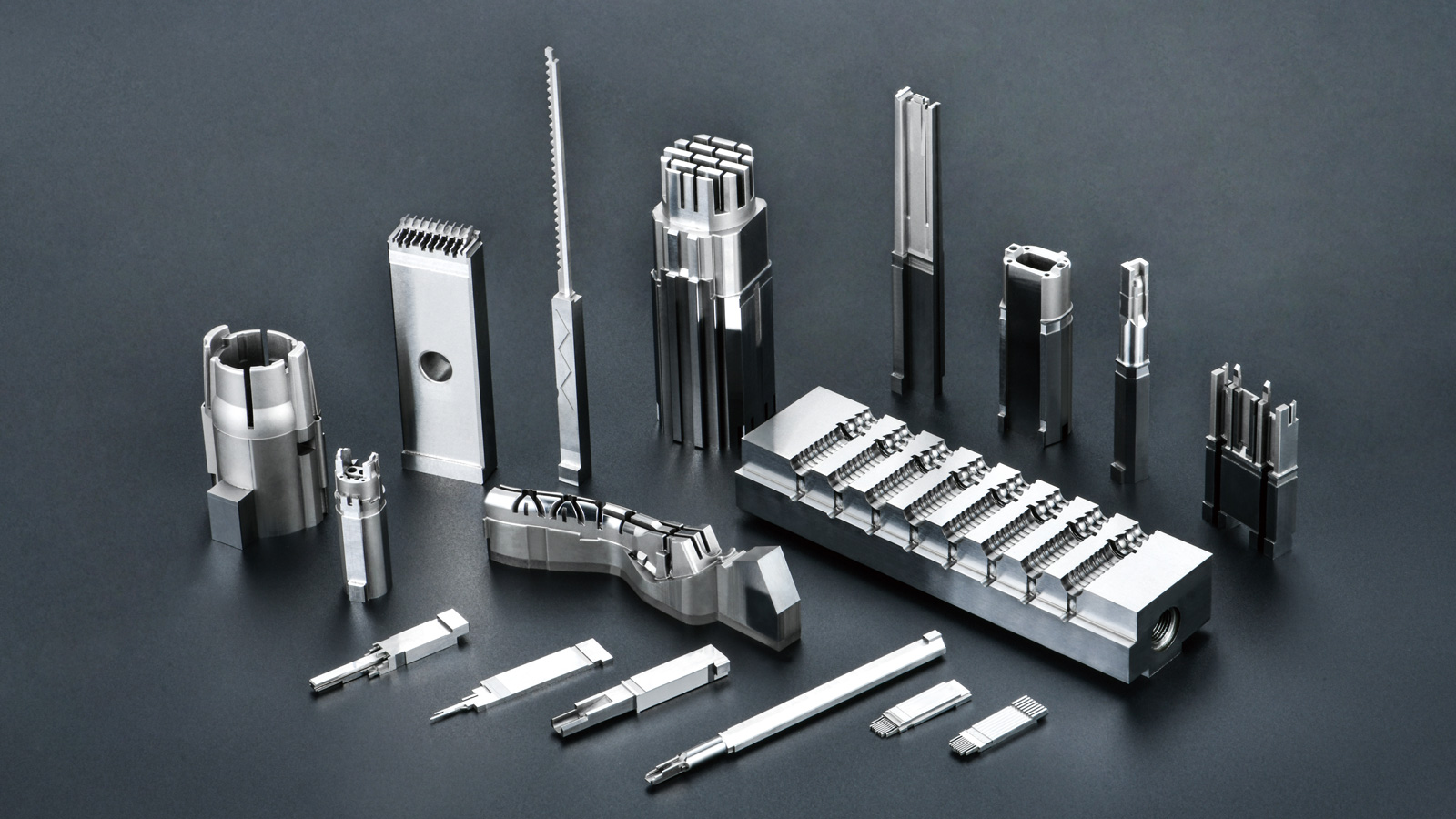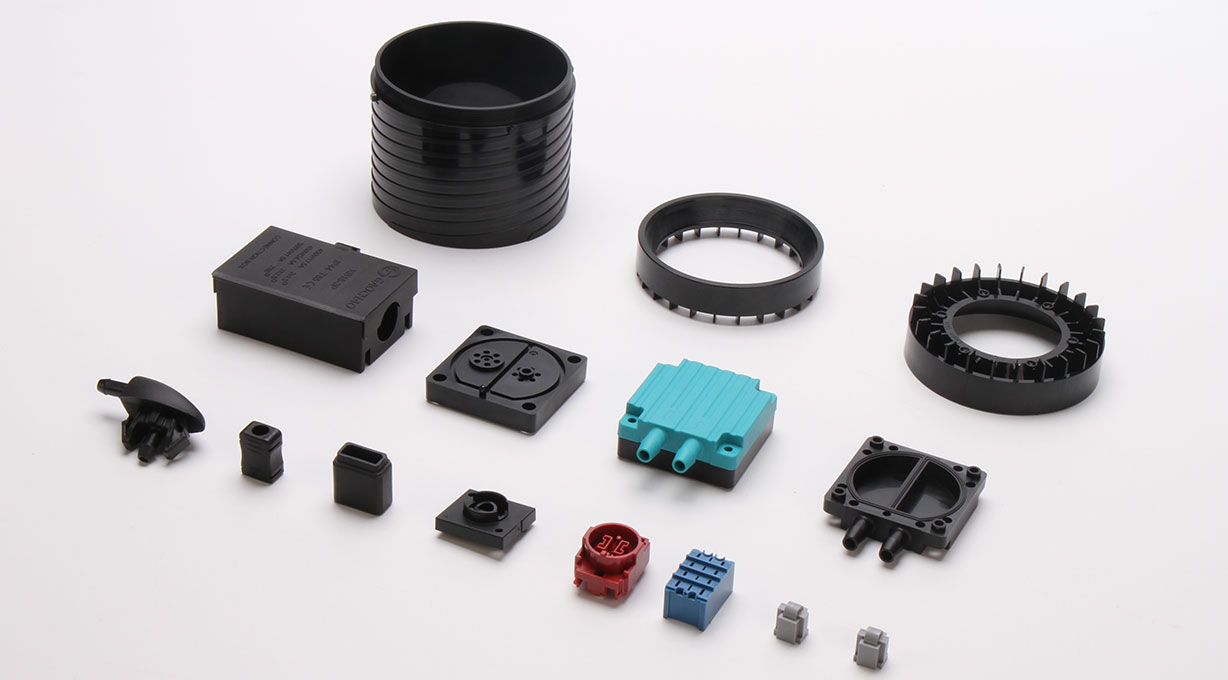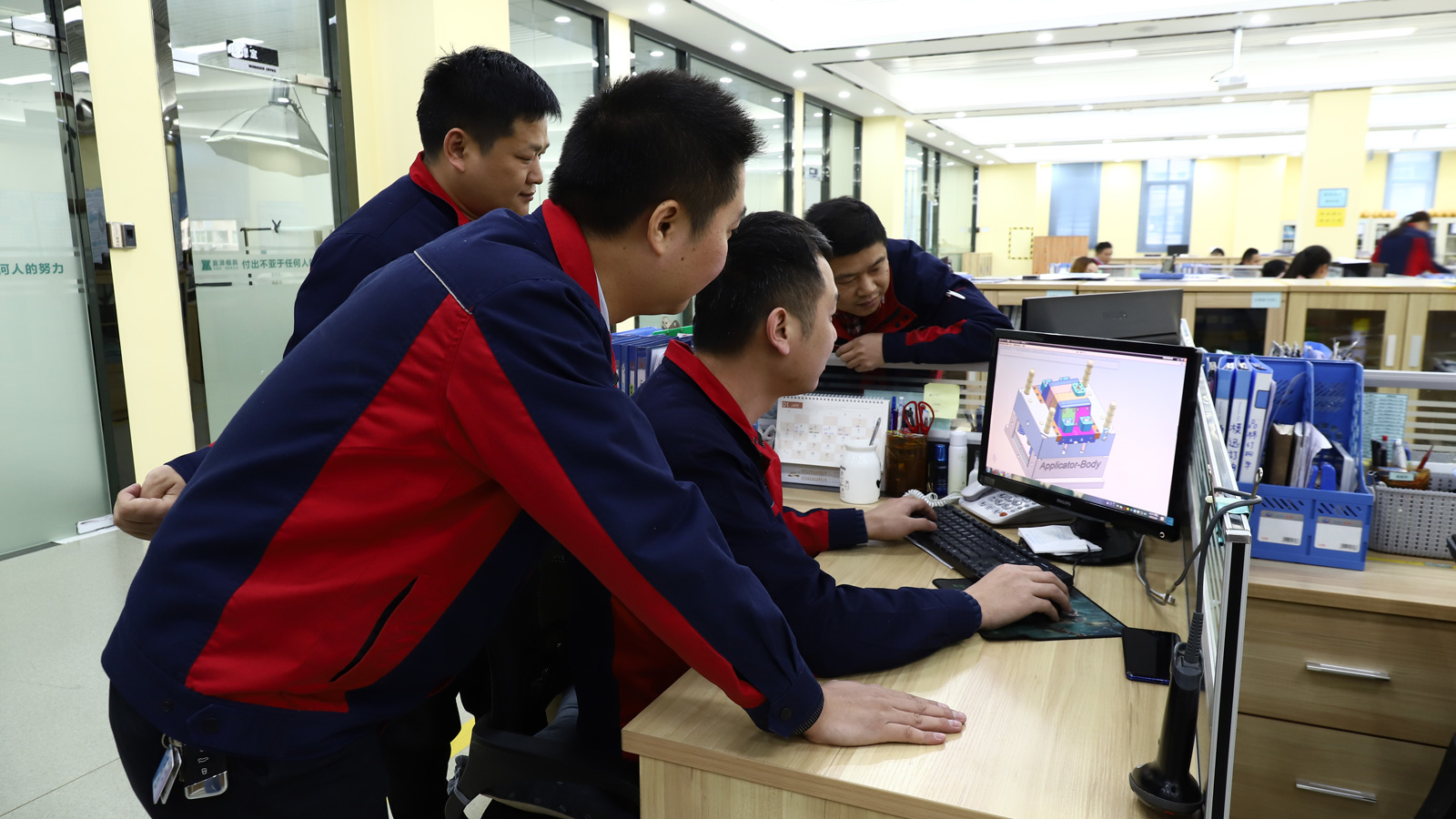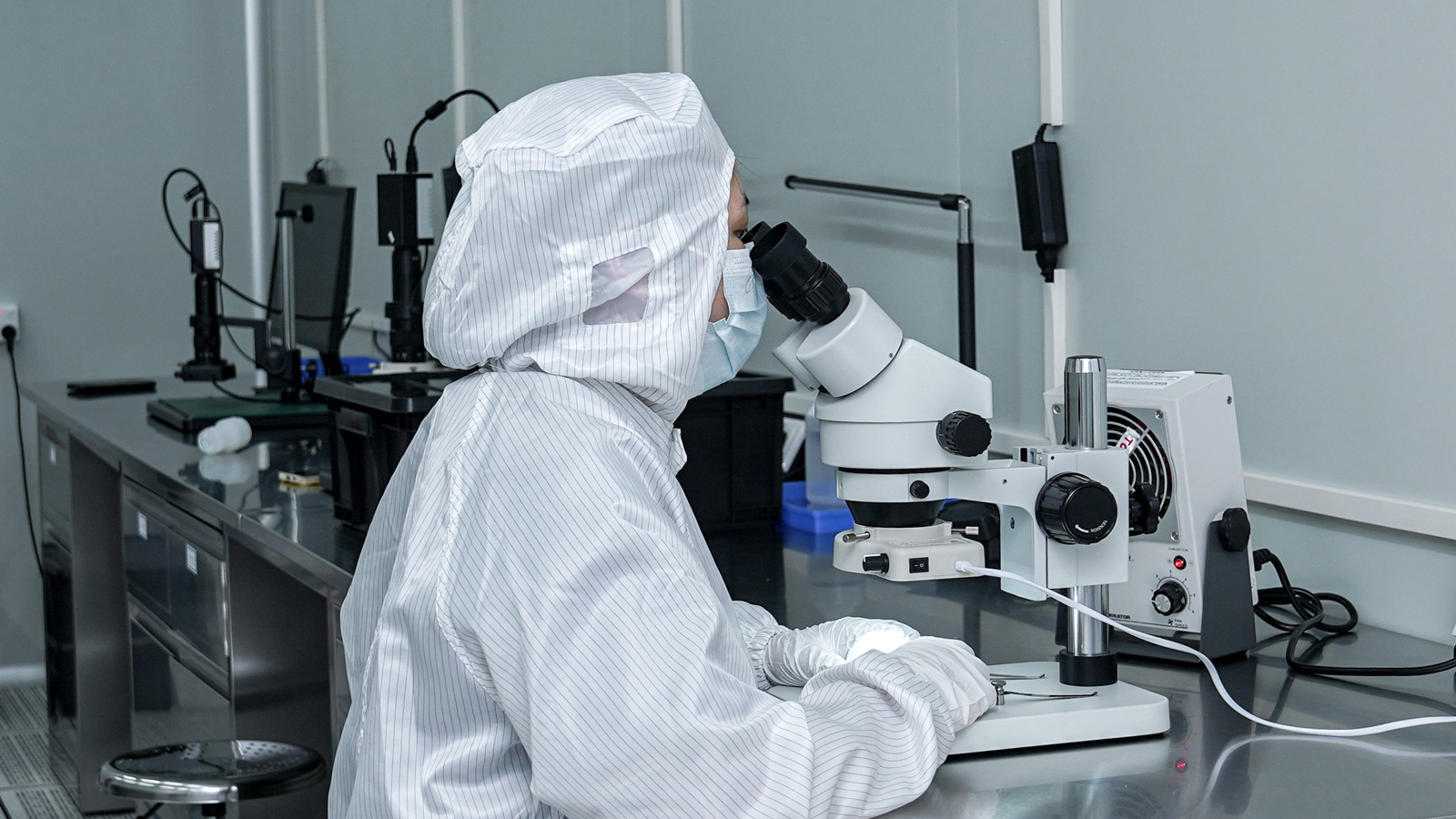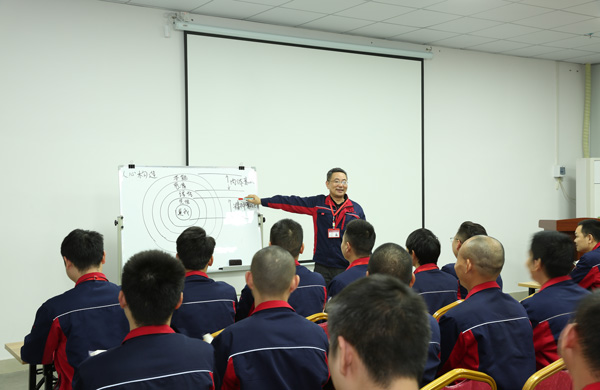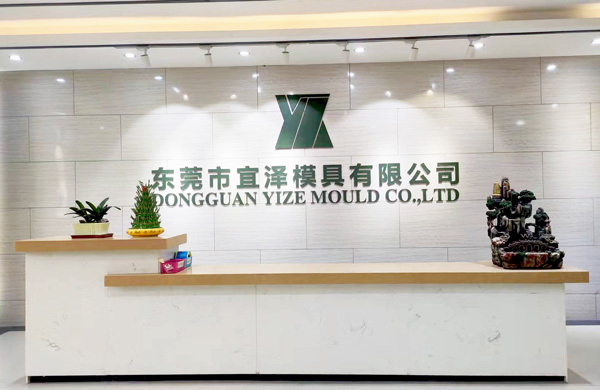Welcome to the official website of Dongguan Yize Mould Co., Ltd. We specialize in the injection molding of automotive connectors and other precision plastic products, providing a complete solution from product design, mold manufacturing to injection molding mass production. Below, we combine the practical experience of our engineers over the years to offer a set of implementable solutions for the injection molding deformation of automotive connectors.
I. Causes of Injection Molding Deformation of Automotive Connectors
(1) Material Property Defects
Commonly used materials for automotive connectors such as PBT and PA66 have physical properties such as shrinkage rate and thermal expansion coefficient that directly affect the dimensional stability of injection-molded parts. For example, the shrinkage rate of PBT material is generally between 1.5% and 2.0%. Improper material selection or uneven mixing can easily lead to dimensional deviations in connectors.
(2) Deviations in Injection Molding Process Parameters
- Melt Temperature: Excessively high melt temperature can cause material decomposition, while excessively low temperature can result in insufficient mold filling, both increasing internal stress and causing deformation.
- Holding Pressure and Time: Insufficient holding pressure or time can prevent effective compensation for material shrinkage, leading to surface sink marks or internal voids.
- Cooling Time: Uneven or insufficient cooling time can result in uneven internal stress distribution in the connector, causing deformation.
(3) Structural Design Defects
The complex structure of connectors, uneven wall thickness, and improper placement of reinforcing ribs can all affect the cooling rate, leading to inconsistent shrinkage and subsequent deformation. For example, if the wall thickness at the connector socket is too thick, internal stress concentration may occur during cooling.
(4) Environmental Factor Influence
Automotive connectors operate in extreme temperature environments. High temperatures can accelerate material aging, while low temperatures may make the material brittle. Long-term cold-hot cycling can cause material fatigue, increasing the risk of deformation.
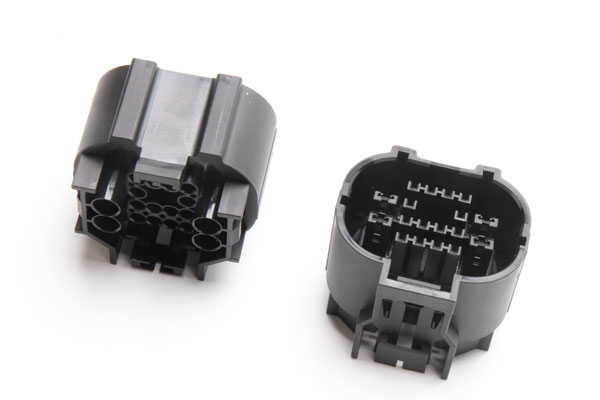
II. Systematic Solution Design in Automotive Connectors Injection Molding
(1) Material Performance Upgrade Strategy
- High-Performance Material Selection
- High-Temperature Resistant Materials: Such as LCP (Liquid Crystal Polymer), which has extremely low shrinkage rate and excellent high-temperature resistance, suitable for high-temperature operating environments.
- Reinforced Engineering Plastics: Such as 30%GF-PBT, which is reinforced with glass fibers to improve material rigidity and dimensional stability.
- Low-Moisture Absorption Materials: Such as PPS (Polyphenylene Sulfide), which has low moisture absorption and is suitable for humid environments.
- Modification Process Optimization
Adding an appropriate amount of mineral fillers or glass fibers can improve the dimensional stability and heat resistance of the material. Blending modification can improve the flowability and processability of the material.
(2) Precise Control of Injection Molding Process
- Temperature Control: Precisely control the melt temperature and mold temperature according to material properties to ensure optimal material filling and cooling conditions.
- Pressure-Time Curve Optimization: Adopt multi-stage holding pressure, reasonably set holding pressure and time according to the structural characteristics of the connector to effectively compensate for material shrinkage.
- Cooling System Optimization: Design a reasonable cooling water channel to ensure uniform cooling of the connector, reducing internal stress.
(3) Structural Design Improvement Scheme
- Wall Thickness Uniformization: Optimize the connector structure to ensure uniform wall thickness, reducing differences in cooling rates.
- Reinforcing Rib Placement: Place reinforcing ribs at key locations to improve connector rigidity while avoiding stress concentration caused by excessively thick ribs.
- Ejection Slope Design: Reasonably set the ejection slope to ensure smooth ejection of the connector, reducing deformation during ejection.
(4) Environmental Adaptability Enhancement
- Weatherability Treatment: Apply weatherability treatment to the connector surface, such as spraying a weather-resistant coating, to improve the connector’s stability in extreme environments.
- Temperature Compensation Mechanism: Consider a temperature compensation mechanism in the connector design, such as using elastic materials or designing deformable structures to adapt to temperature changes.
III. Implementation Path and Effect Verification
(1) Implementation Step Planning
- Material Verification: Complete thermal deformation testing and shrinkage rate determination of candidate materials to ensure material performance meets requirements.
- Mold Iteration: Optimize mold structure through CAE simulation to improve mold precision.
- Process Debugging: Use orthogonal experimental methods to optimize injection molding process parameters.
- Mass Production Verification: Conduct testing on a large number of samples to simulate actual working environments and verify connector performance.
(2) Key Performance Indicators
- Dimensional Stability: Dimensional deviations of connector parts should be controlled within ±0.05mm.
- Deformation Amount: Under extreme temperature environments, the deformation amount of the connector should not exceed 0.1mm.
- Weatherability: After a certain period of cold-hot cycling tests, the connector performance should not significantly decline.
IV. Mold Technician’s Experience Summary
- Material Selection: Reasonably select materials according to the connector’s working environment and performance requirements, paying attention to the ratio of new material to recycled material.
- Mold Design: Focus on the rationality of the mold structure, ensuring a reasonable design of the cooling water channel and high mold precision.
- Production Debugging: Follow the principle of “adjust temperature first, then pressure; holding pressure time depends on wall thickness; check exhaust slots for shrinkage, inspect cooling channels for deformation; first produce ten stable prototypes, then discuss mass production qualification” for fine-tuning.
The above solutions combine the practical experience of our engineers over the years, deeply integrating technical solutions with actual production to solve the injection molding deformation problem of automotive connectors effectively. We are committed to providing high-quality injection molding processing services for automotive connectors and welcome inquiries!
Contact Information
- Phone: +86 13302615729
- Email: [email protected]
- Address: No.62, Jinghai East Road, Chang’an town, Dongguan City, Guangdong Province, China
Dongguan Yize Mould Co., Ltd., specializing in precision plastic product injection molding, looks forward to cooperating with you!
